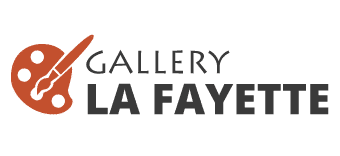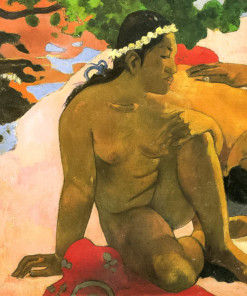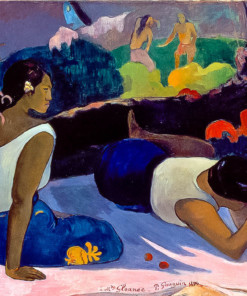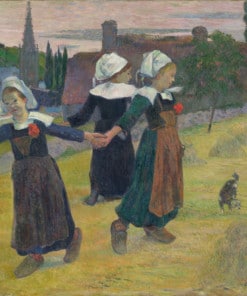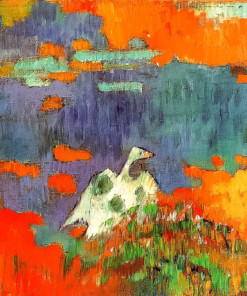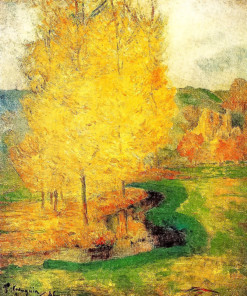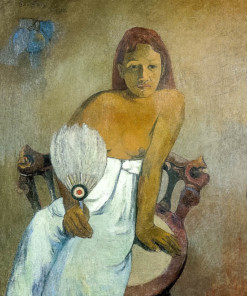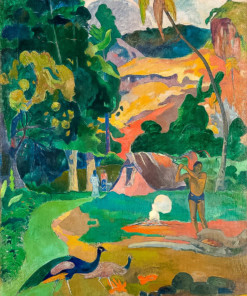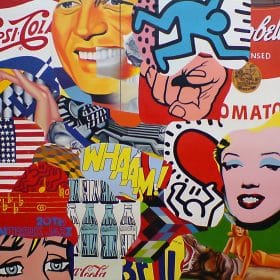Paul Gauguin Paintings
The artist Paul Gauguin was born in June 1848 in Paris, France – initially named Eugène Henri Paul Gauguin. Gauguin is known for being one of the biggest artists of modern history, he did not begin his profession as one. After this, at only 23 years old, Gauguin ended up being an effective entrepreneur as a stockbroker in Paris and continued in this course for eleven years.
Impressionist Paintings
Impressionist Paintings
Impressionist Paintings
Impressionist Paintings
Impressionist Paintings
Impressionist Paintings
Impressionist Paintings
Impressionist Paintings
Impressionist Paintings
Impressionist Paintings
Impressionist Paintings
Impressionist Paintings
Upcoming artists influenced Gauguin to continue in the area, as he liver nearby the cafés often visited by Impressionists, while likewise going to galleries and buying artworks. Gauguin would eventually paint with Paul Cezanne as well, however the artist that would serve as his biggest motivation was without a doubt, Edgar Degas. The Paris stock market crashed in 1882 impacting lots of business people, especially Gauguin who found himself losing many of his incomes.
Gauguin discovered it really tough to re-insert himself into the art world and suffered to make a living when he showed up. In 1886, the artist showed almost 20 paintings at the last Impressionists exhibit, the Beauty salon des Refusés. Although Gauguin dealt with other Impressionists, he was not part of the group nor did his paintings have an Impressionist style. He ultimately broke off with Pissarro because of their distinction in creative views - Pissarro was leaning towards Pointillism. Gauguin wanted to go in a different direction then what was being produced in Europe at the time, and felt dissatisfied in the method Impressionists mimicked what they saw, finding it essential to add more symbolic depth to art. Him and other artists like Charles Laval, Émile Schuffenecker, Emile Bernard, among others, took a trip to Pont-Aven, a commune in Northwestern France, developing paintings with locations of pure and bold colors, together with Symbolist characteristics. This motion ended up being called the Pont-Aven School, and many artists looked for motivation in exotic cultures, like the beautiful masks that came to Europe from Africa.
In 1888, Gauguin traveled to Arles, where Vincent Van Gogh was anxiously awaiting his arrival. The Dutch painter wanted that Gauguin would join him in his studio, the Yellow Home. They collaborated for around nine weeks but had major opposing views on their production, and ultimately entered into a major argument that results in Van Gogh's crisis and they took their different methods. It remained in 1891 that Gauguin took his most considerable trip in his life with the intent of getting away the traditional and synthetic aspects of civilization. It was his very first time in Tahiti, and he was removed from overall esthetic influences of the area. He signed up whatever he might with sketches, photos, prints, and paintings. Lady with a Flower was the first portrait he painted of a regional woman.
Gauguin continued to be broke and dreaming of the paradise which is Tahiti, eventually arranging cheap one-way tickets and never ever returning. Gauguin represented one of the most prominent artists of all time and was an inspiration to the work of Pablo Picasso and Henri Matisse.
The multifaceted artist Paul Gauguin was born in June 1848 in Paris, France - initially called as Eugène Henri Paul Gauguin. Gauguin is known for being one of the greatest artists of modern-day history, he did not start his career as one. Upcoming artists influenced Gauguin to continue in the location, as he liver close by the cafés often visited by Impressionists, while likewise visiting galleries and acquiring artworks. Gauguin would ultimately paint with Paul Cezanne as well, however the artist that would serve as his biggest inspiration was without a doubt, Edgar Degas. Gauguin represented one of the most prominent artists of all time and was a motivation to the work of Pablo Picasso and Henri Matisse.

 Deutsch
Deutsch